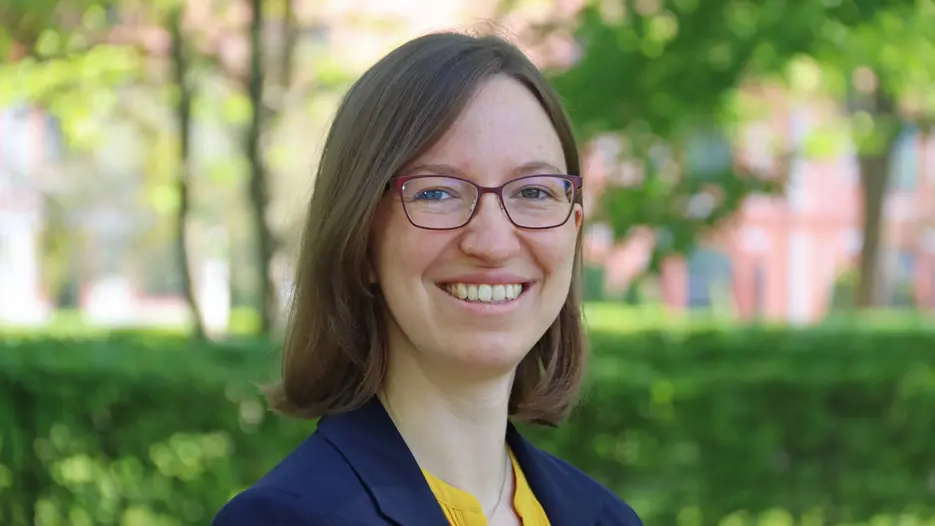“I have always been fascinated by the reasons that lead to people’s individual decisions,” says junior professor Pfeuffer. She studied psychology in Würzburg before doing her PhD at the Albert-Ludwigs-Universität in Freiburg. She specializes in fundamental questions of cognitive psychology and their transfer to the application context of human-technology interaction. One of the phenomena she is investigating is how learning and derived expectations enable the selection of actions and the shift of our attention to the consequences of these action. One way to measure how much attention we give to possible consequences of our actions are eye movements: “I get excited by how much we can glean from eye movements. Not only do they reflect what we are focusing on, but also reflect past learning experiences and expectations. This is one of the reasons why people show very typical eye movement patterns for many everyday actions. From this, we can read a lot about the processes underlying the control of human actions,” she explains. When performing everyday acts that consist of many individual steps, people often already look - literally anticipating - to the objects that will be needed for the next step. Especially these anticipatory glances are currently the focus of Frau Pfeuffer’s research.
Especially exciting in this context is the transferability of this research to human-technology interaction. This is significant, as glances not only help us understand the behavior of users. They also have the potential to give feedback of a human user’s state to a technical system, thereby improving the adapability of technical systems to humans. The fundamental challenge for research and implementation in practice is that although gaze pattern are very similiar among people in specific situations, they are nevertheless individual.
For junior professor Pfeuffer, “digitalization can’t be thought away - whether you like it or not.” It is important to take advantage of the opportunities that arise. For example, the evaluation of eye movements in a production plant is conceivable for predictive feedback to machines in routine operations. This feedback via eye movement evaluation would enable a much faster exchange of information between machines and modern interfaces. In road traffic there are typical glance patterns, such as the anticipatory look at the course of a curve in order to adjust steering. In the development of autonomous vehicles, insights from gaze patterns could be used, for example, to provide the system with a measure of how satisfied passengers are with the way the vehicle is driving. Frau Pfeuffer also sees potential for application in education, for example with regard to determining and providing feedback on implicit assessment of one’s own performance to support learning success. In addition, there might be prospects to offer support to people with motor impairments in everyday life by equipping technical systems with the ability to understand their eye movements and thus inferring their intentions. These are just some of the conceivable possibilities when it comes to exploiting the full potential of digitalization. Frau Pfeuffer is looking forward to having interdisciplinary exchange with other tenure-track junior professors on the digital society of the future.
